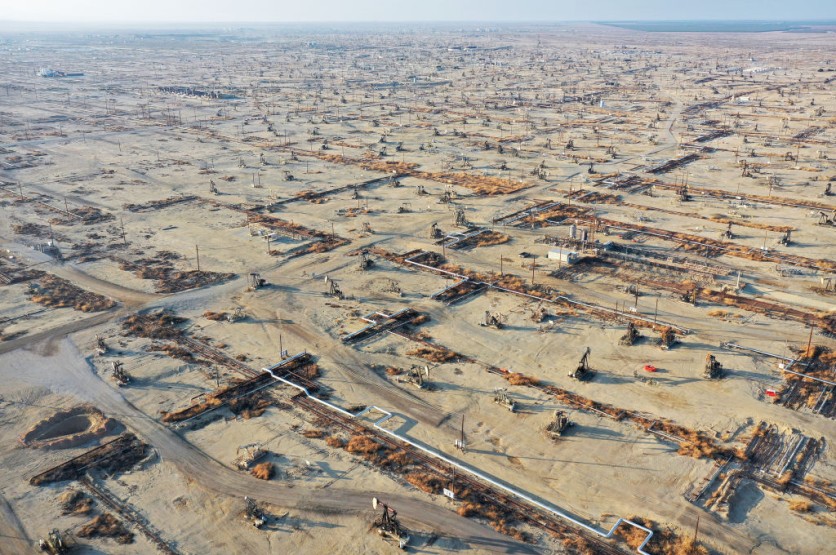The UN unveiled a new satellite-based system that will track methane emissions and enable governments and businesses to respond as part of the worldwide effort to mitigate climate change.
To get policy-relevant data for emissions mitigation, the UNEP International Methane Emissions Observatory (IMEO) set up the Methane Alert and Response System (MARS), which was introduced at the 27th United Nations Climate Change Conference.

Global Methane Pledge
Methane is a strong greenhouse gas that is responsible for at least 25% of the current global warming. According to the Intergovernmental Panel on Climate Change, to stay under the 1.5°C temperature limit by 2030, methane emissions must be reduced by at least 30%. This is the target of the Global Methane Pledge.
MARS, created within the foundation of the Global Methane Pledge Energy Pathway and received initial funding from the US government, the European Commission, the Global Methane Hub, and the Bezos Earth Fund, will allow UNEP to verify emissions reported by business owners.
"As UNEP's Emissions Gap Report showed before this climate summit, the world is far off track on efforts to limit global warming to 1.5°C," Inger Andersen, Executive Director of UNEP, said in a press release statement.
"Reducing methane emissions can make a big and rapid difference, as this gas leaves the atmosphere far quicker than carbon dioxide. The Methane Alert and Response System is a big step in helping governments and companies deliver on this important short-term climate goal."
The Bezos Earth Fund and the Global Methane Hub are funding additional UNEP IMEO initiatives in addition to helping MARS.
These include background research and early work on agricultural methane emissions, where it is anticipated that combining multi-scale ground measurements with expanding satellite capacity will enhance quantification.
Methane Detection and Notification
UNEP claims that MARS will be the first globally accessible system that can integrate methane detection and notification procedures transparently. It will identify significant emission events, alert relevant entities, and support and monitor mitigation activities using cutting-edge satellite data.
MARS will incorporate data from the quickly growing system of methane-detecting satellites to cover lower-emitting area sources and more frequent detection, starting with extremely big point sources from the energy sector.
Data on rice, waste, livestock, and coal will eventually be added to MARS to help the implementation of the Global Methane Pledge.
MARS will employ data from high-resolution satellites to link the emissions to a specific source after identifying methane plumes and hot spots from global mapping satellites.
UNEP will then inform businesses and governments about the emissions so that the responsible party can take the appropriate action.
MARS partners will offer technical or consulting services, such as assistance in evaluating mitigation alternatives upon request. UNEP will monitor the site of the occurrence for 45 to 75 days after detection and make the data and analysis available to the public.
Related Article : India Funnels $500,000 to UN to Combat the Emerging Tech of Terrorists
This article is owned by Tech Times
Written by Jace Dela Cruz
ⓒ 2025 TECHTIMES.com All rights reserved. Do not reproduce without permission.




